Home>Furniture>Living Room Furniture>How To Make Sofa Cushions Softer


Living Room Furniture
How To Make Sofa Cushions Softer
Modified: March 16, 2024
Discover how to make your sofa cushions softer with these simple tips and tricks. Create a more comfortable living room with our easy-to-follow guide.
(Many of the links in this article redirect to a specific reviewed product. Your purchase of these products through affiliate links helps to generate commission for Storables.com, at no extra cost. Learn more)
Introduction
An important aspect of creating a comfortable and inviting living room space is having plush, soft sofa cushions. After all, who doesn’t enjoy sinking into a cozy couch after a long day? However, over time, sofa cushions can lose their bounce and become flat and uncomfortable. Fortunately, there are several methods you can employ to make your sofa cushions softer and more inviting.
In this article, we will explore various techniques to revive your sofa cushions and restore their plushness. Whether you prefer a DIY approach or utilizing specialized products, we’ve got you covered. With a little effort and creativity, you can transform your worn-out cushions into pillows of comfort.
So, let’s gather the materials we’ll need and get started on making your sofa cushions softer and cozier than ever before.
Key Takeaways:
- Revive your worn-out sofa cushions by adding extra filling or fluffing and manipulating them. Enjoy a cozy and inviting living room with these simple DIY techniques.
- Transform your living room into a haven of relaxation by using cushion softener spray or replacing old foam inserts. Keep your sofa cushions soft and comfortable for years to come.
Read more: How To Make Sofa Cushions Higher
Materials Needed
Before we dive into the methods, let’s make sure you have all the necessary materials to make your sofa cushions softer.
Here’s what you’ll need:
- Extra filling such as polyester fiberfill or foam inserts
- Large plastic bags
- Cushion softener spray (optional)
- Upholstery cleaner (optional)
- Scissors or utility knife
- Measuring tape
It’s important to note that not all methods require all the materials listed above. The specific materials you’ll need depend on the method you choose to soften your sofa cushions. Now, let’s explore the different methods and techniques you can use to achieve those soft and inviting cushions.
Method 1: Adding Extra Filling
One of the simplest and most effective ways to make your sofa cushions softer is to add extra filling. Over time, the original filling can compress and lose its fluffiness, resulting in flat and uncomfortable cushions. By adding extra filling, you can restore the cushion’s plumpness and provide more support.
Here’s how you can do it:
- Remove the cushion covers: First, remove the cushion covers by unzipping them or using a seam ripper. Be careful not to damage the covers as you remove them.
- Assess the filling: Take a look at the current filling to determine its condition. If it is worn, lumpy, or compressed, it’s time to add more filling.
- Prepare the extra filling: Depending on the type of filling you choose, follow the instructions for fluffing or expanding it. For foam inserts, give them a good shake to loosen them up.
- Insert the extra filling: Start by adding a layer of extra filling evenly across the cushion. Use your hands to push it into the corners and ensure a uniform distribution. You can add more filling as needed, but avoid overstuffing the cushion.
- Reinsert the cushion into the cover: Once you’re satisfied with the amount of extra filling, carefully place the cushion back into its cover. Make sure it fits snugly but not too tight.
- Fluff and reshape: Give the cushion a good fluff and reshape it to restore its original form. This will distribute the filling evenly and help the cushion regain its softness and plumpness.
Adding extra filling is a simple yet effective method that can significantly improve the comfort of your sofa cushions. It’s a great option if your cushions have lost their bounce and support.
Now that we’ve covered adding extra filling, let’s move on to the next method: fluffing and manipulating the cushions.
Method 2: Fluffing and Manipulating the Cushions
If your sofa cushions are still in good condition but have become flattened and compressed over time, fluffing and manipulating them can help restore their softness and shape. This method doesn’t require any additional materials, making it a convenient and cost-effective option.
Follow these steps to fluff and manipulate your cushions:
- Remove the cushions from the sofa: Take out the cushions and set them on a clean, flat surface.
- Give the cushions a good shake: Hold each cushion at the edges and shake it vigorously to loosen up the filling. This will help redistribute the filling and restore the cushion’s volume.
- Smoothen out any lumps or unevenness: Run your hands over the surface of the cushion and press down on any areas that feel lumpy or uneven. Gently massage and manipulate the filling to distribute it evenly.
- Flip and rotate the cushions: Turn the cushions over and rotate them to ensure even wear. This will prevent them from becoming lopsided and help maintain their shape over time.
- Toss and fluff the cushions: Give the cushions a few light tosses in the air and then place them back on the sofa. This will help fluff them up and provide a fresh, plump appearance.
By following these simple steps, you can revive and rejuvenate your sofa cushions without any additional materials or costs. Fluffing and manipulating the cushions is a quick and effective way to bring back their softness and comfort.
Next, we’ll explore another method: using a cushion softener spray.
To make sofa cushions softer, try adding a layer of foam or batting to the existing cushion. This can help provide extra cushioning and make the sofa more comfortable.
Method 3: Using a Cushion Softener Spray
If you’re looking for a convenient and hassle-free way to make your sofa cushions softer, using a cushion softener spray can be a great option. These sprays are designed to penetrate the fibers of your cushions, revitalizing them and providing a softer feel.
Follow these steps to use a cushion softener spray:
- Prepare the cushions: Start by removing the cushion covers and placing them aside. This will allow you to treat the cushions directly.
- Read the instructions: Carefully read the instructions provided on the cushion softener spray packaging. Be sure to follow the recommended usage guidelines and safety precautions.
- Apply the spray: Hold the spray bottle about 6-8 inches away from the cushion and apply a light, even mist. Be sure to cover the entire cushion surface, focusing on areas that may feel particularly flat or stiff.
- Allow it to dry: After applying the spray, let the cushions air dry completely before reinserting them into the covers. This will ensure that the softener is fully absorbed and the cushions are ready to use.
- Reassemble the cushions: Once the cushions are dry, reinsert them into their covers. Give them a gentle fluff to evenly distribute the softening spray.
Cushion softener sprays are a convenient and effective solution for restoring the softness and comfort of your sofa cushions. They can help revitalize worn-out cushions and provide a plush, inviting feel.
However, keep in mind that not all cushion softener sprays are suitable for all types of cushions. It’s important to check the spray’s compatibility with your cushion material and fabric before using it.
Now that we’ve covered using a cushion softener spray, let’s move on to the final method: replacing old foam or cushion inserts.
Read more: How To Refresh Sofa Cushions
Method 4: Replacing Old Foam or Cushion Inserts
If your sofa cushions are beyond repair or have severely deteriorated, it may be time to consider replacing the old foam or cushion inserts. This method is more extensive but provides a long-lasting solution for achieving soft and comfortable cushions.
Follow these steps to replace the old foam or cushion inserts:
- Measure the cushions: Start by measuring both the length and width of the cushions. This will help you determine the right size of foam or cushion inserts to purchase.
- Select the new inserts: Look for high-quality foam or cushion inserts that are designed for sofa cushions. Consider the density and firmness options to find the one that suits your comfort preferences.
- Remove the old inserts: Carefully remove the old foam or cushion inserts from the cushion covers. This may involve unzipping or cutting open the covers, depending on the design.
- Insert the new foam or cushion inserts: Place the new inserts into the cushion covers, ensuring they fit properly and fill out the covers evenly. Trim any excess foam if necessary.
- Reassemble the cushions: Once the new inserts are in place, reassemble the cushion covers by zipping or sewing them back together. Take care to close the covers securely to prevent any future shifting of the inserts.
- Fluff and reshape: Give the cushions a thorough fluff and reshape them to distribute the new inserts evenly. This will help achieve a uniform and comfortable seating experience.
By replacing the old foam or cushion inserts, you can revive your sofa cushions and enjoy the softness and support of new padding. This method may require a bit more effort and cost, but it offers a long-term solution for maintaining comfortable and inviting cushions.
After following any of these methods, take a moment to sit on your newly softened sofa cushions and appreciate the comfort and coziness they now provide. Remember, the key is to regularly maintain and care for your cushions to extend their lifespan and ensure continuous comfort.
Now that you’re equipped with various techniques to make your sofa cushions softer, it’s time to put them into action and transform your living room into a haven of relaxation.
Conclusion
Having soft and comfortable sofa cushions is essential for creating a cozy and inviting living room space. Over time, cushions can lose their softness and become flattened or uncomfortable. However, with the right techniques and a little effort, you can easily revive your cushions and bring back their plushness.
In this article, we explored several methods to make your sofa cushions softer. You can add extra filling to provide more support and plumpness. Fluffing and manipulating the cushions can help redistribute the filling and restore their shape. Using a cushion softener spray can revive worn-out cushions and provide a softer feel. Finally, if your cushions are beyond repair, replacing the old foam or cushion inserts can give you brand new softness and comfort.
Remember, it’s important to regularly maintain and care for your sofa cushions to ensure their longevity. Fluffing and reshaping them regularly, using cushion covers to protect them from stains and dirt, and periodically cleaning them will help extend their lifespan and keep them feeling soft and cozy.
So, whether you prefer a DIY approach or utilizing specialized products, you now have the knowledge to make your sofa cushions softer and more inviting. Take the time to assess your cushions, choose the method that suits your needs, and enjoy the comfort of your transformed living room.
Now, it’s time to sit back, relax, and enjoy the plushness of your newly softened sofa cushions!
Frequently Asked Questions about How To Make Sofa Cushions Softer
Was this page helpful?
At Storables.com, we guarantee accurate and reliable information. Our content, validated by Expert Board Contributors, is crafted following stringent Editorial Policies. We're committed to providing you with well-researched, expert-backed insights for all your informational needs.





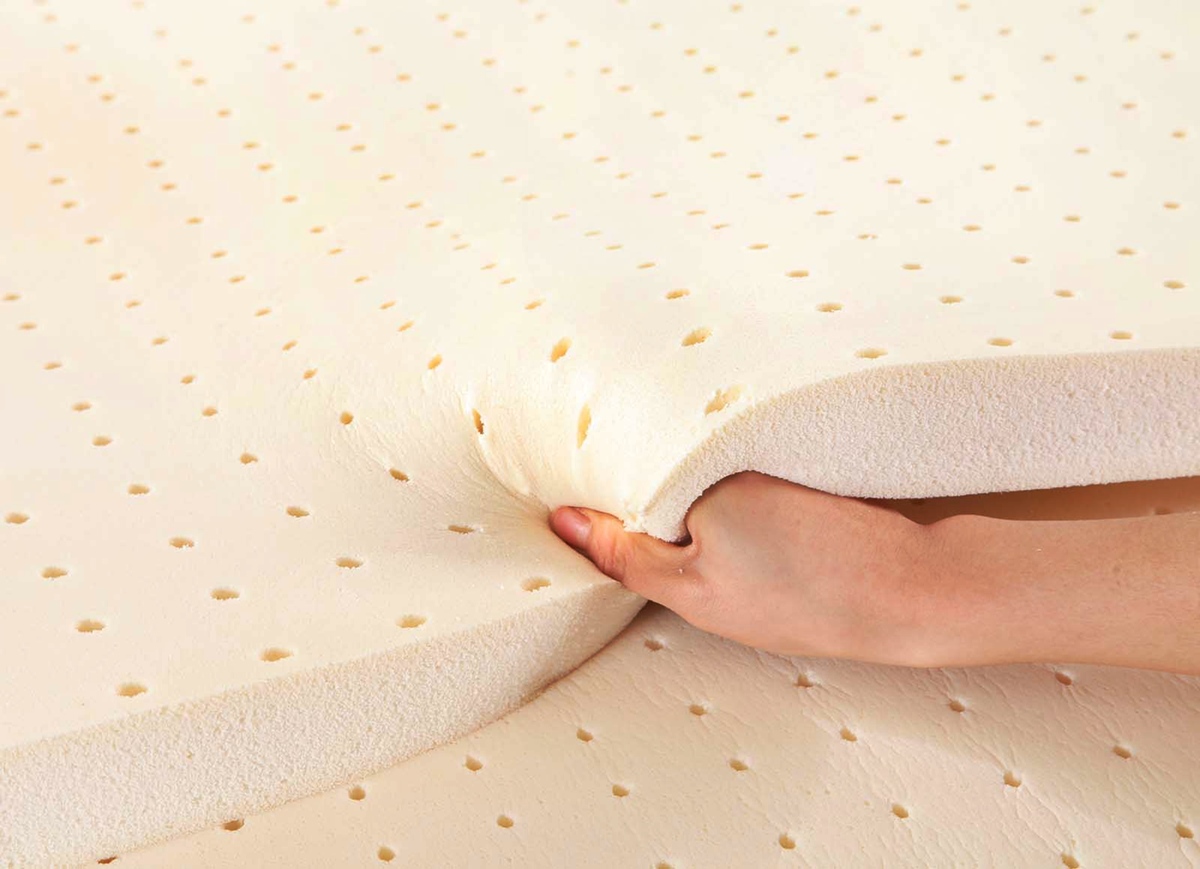

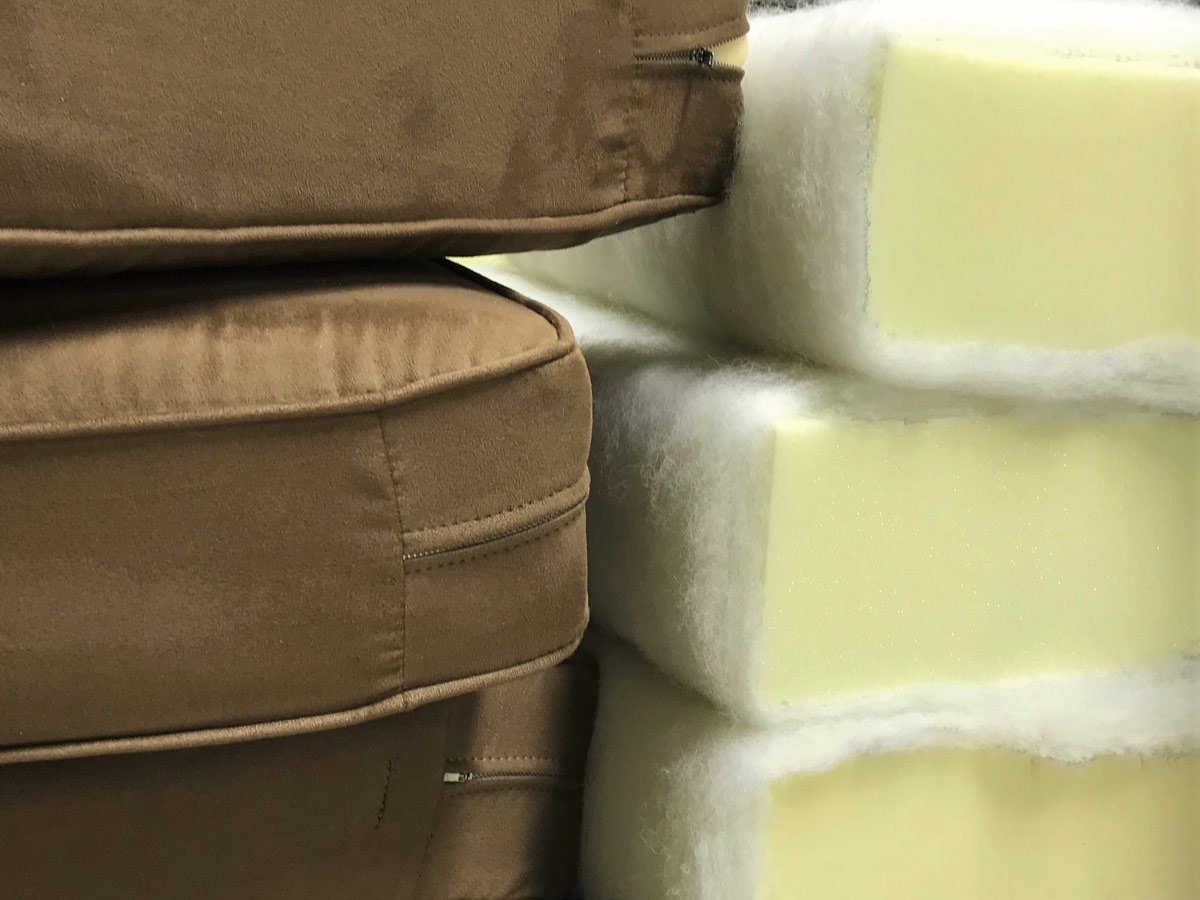
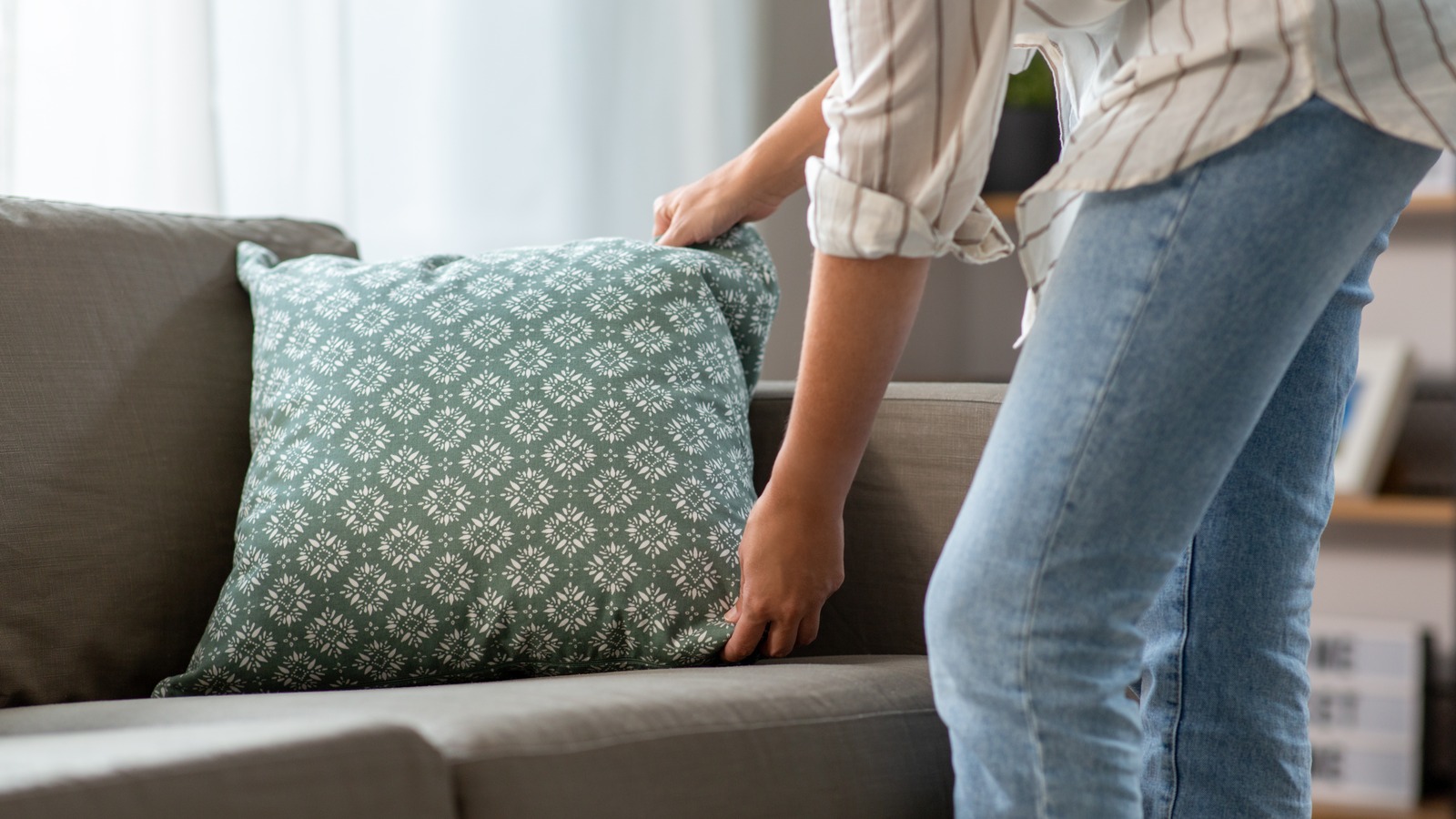

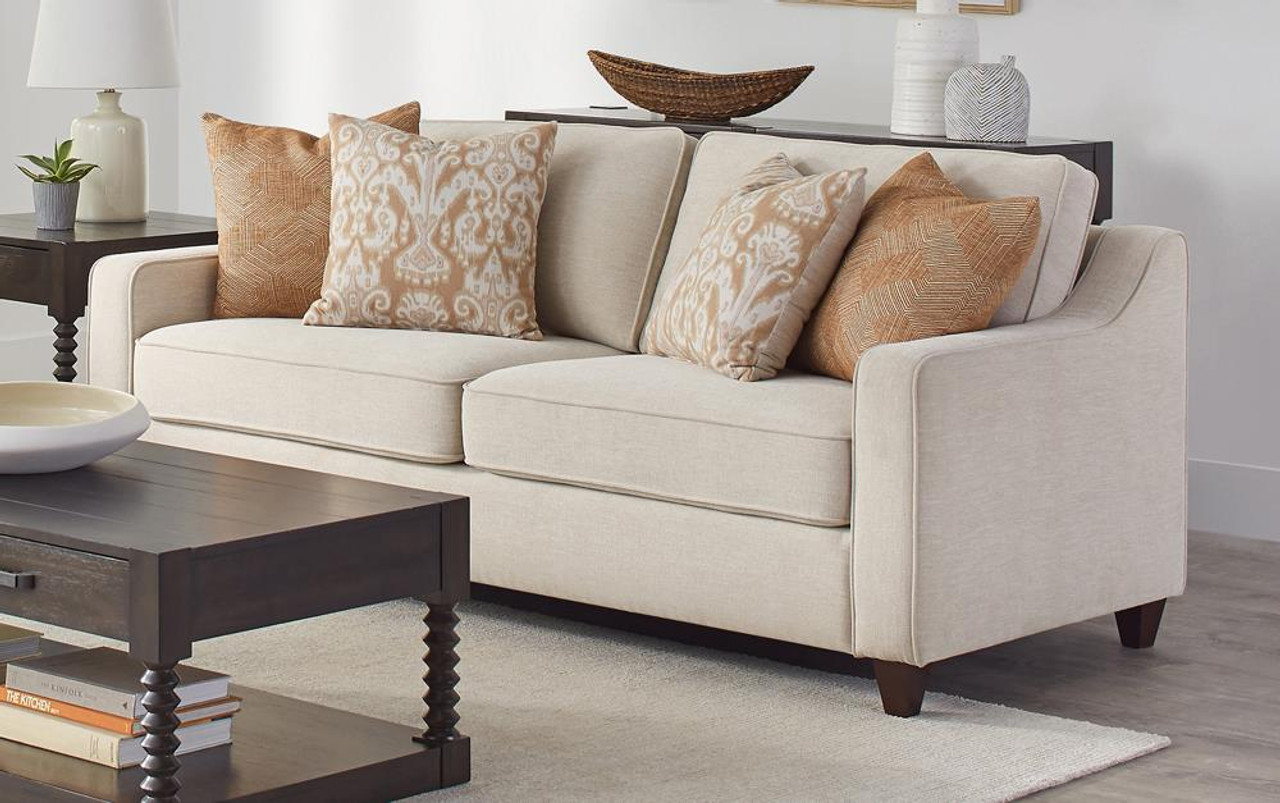

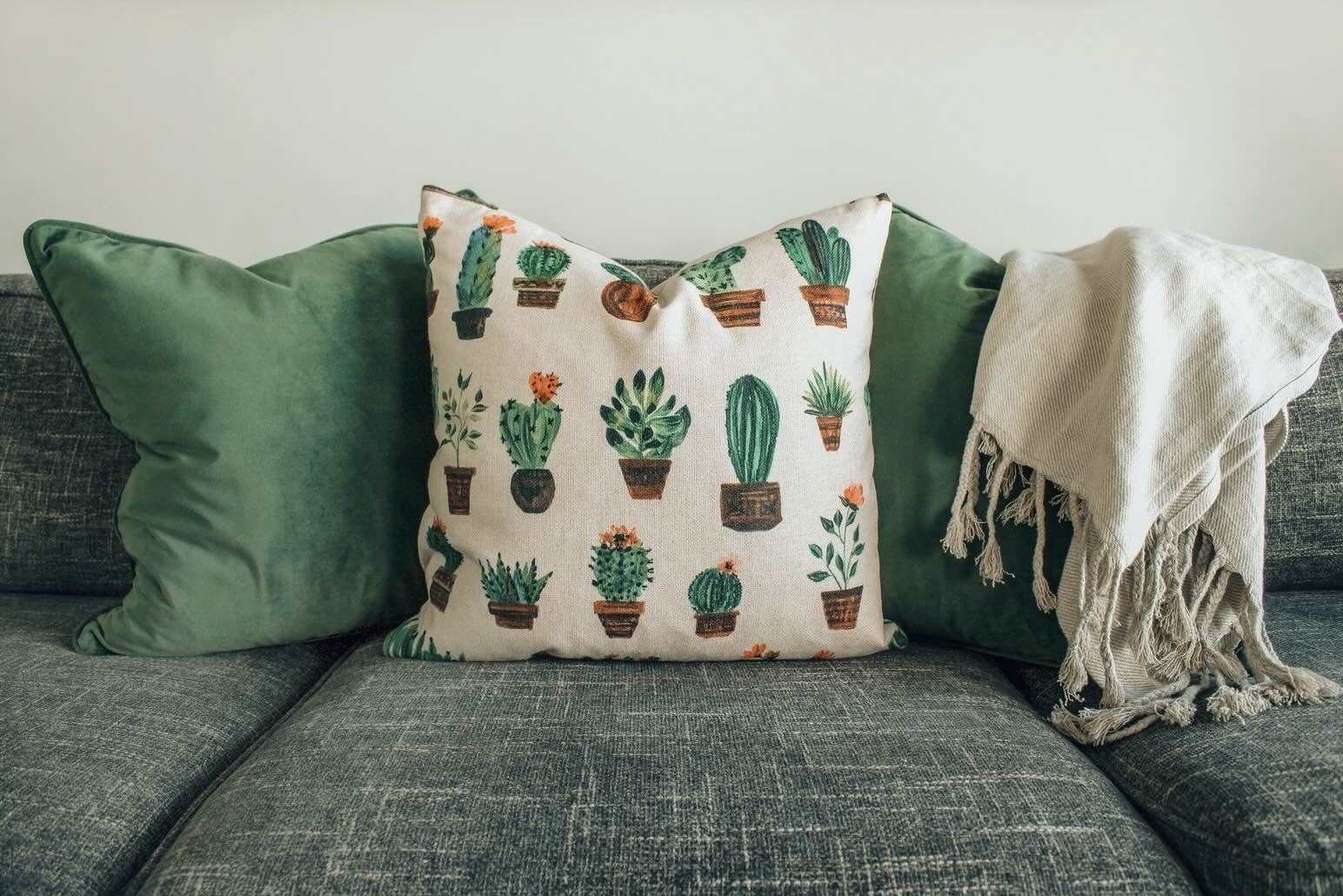
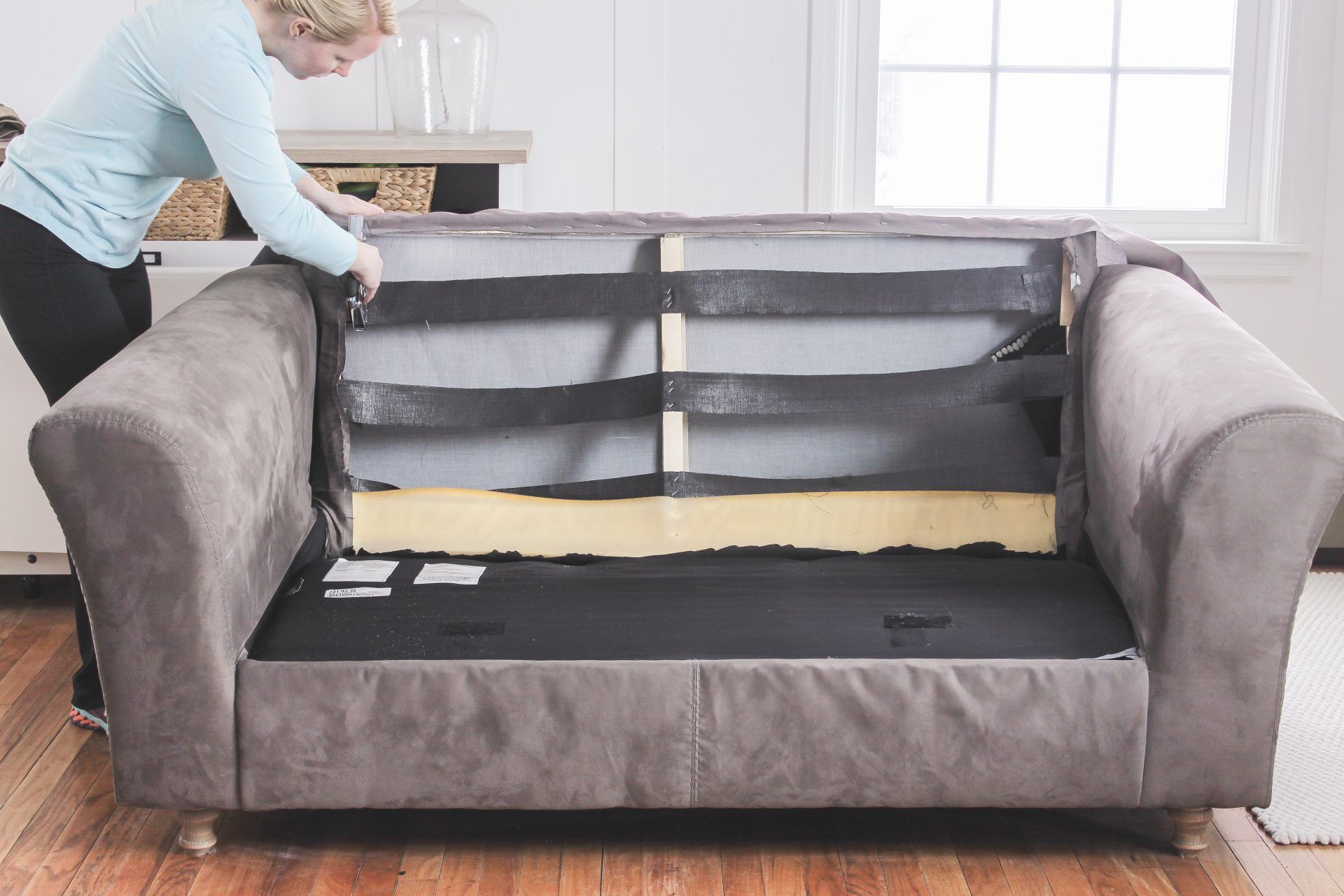

0 thoughts on “How To Make Sofa Cushions Softer”